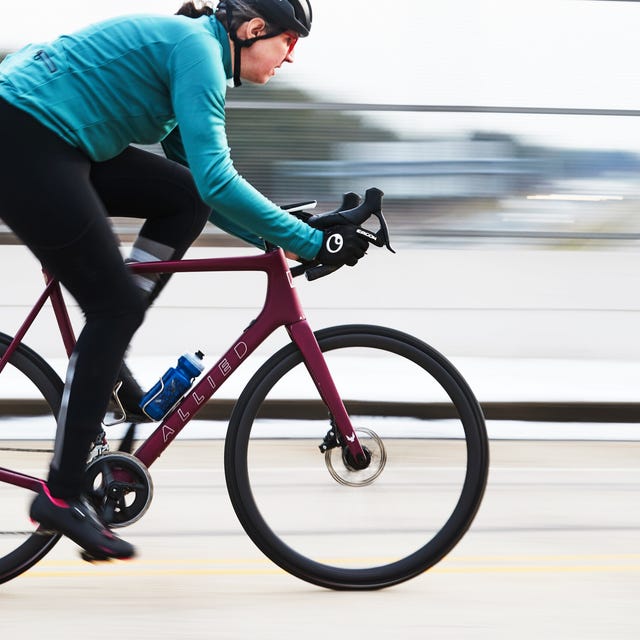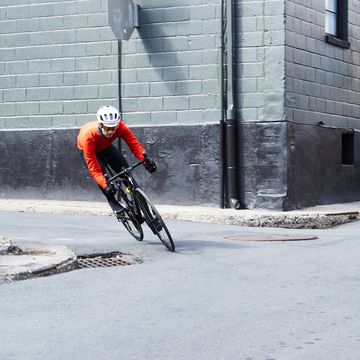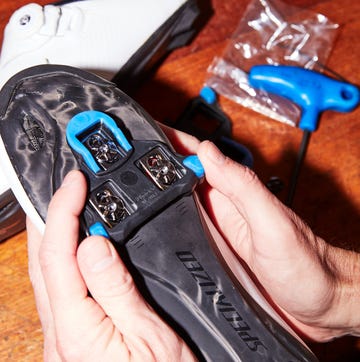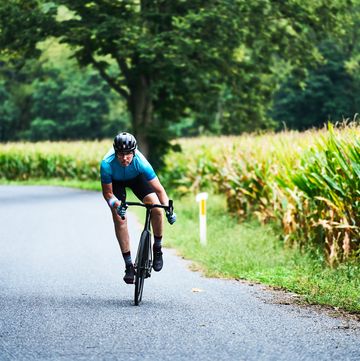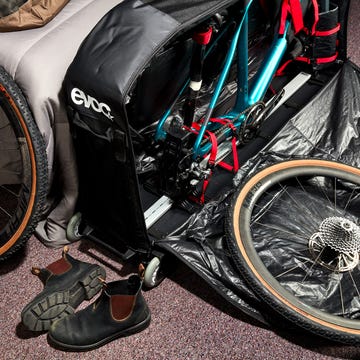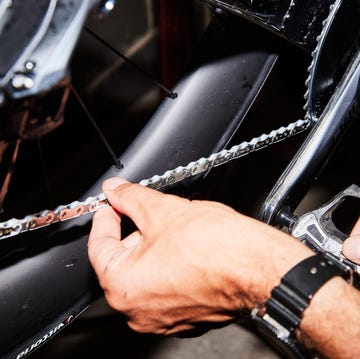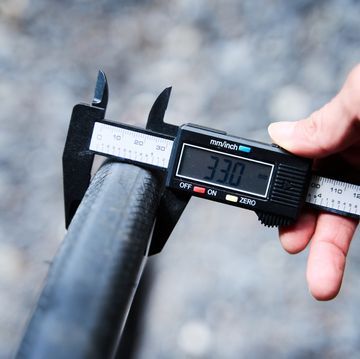When you first start riding, shifting gears on the bike can seem super confusing, like there’s just too much to learn. For example, how often should you shift? When is the best time to shift? What gear should you use for climbing? What about flats or descents? All of these questions can seem overwhelming for first-time riders. But finding the answers can help you truly get the most from your bike and your rides.
That’s why we created this guide on how to shift and when to shift bike gears, so you can easily have smoother, stronger rides. Read on to master shifting gears, so you can unlock a new set of confidence on your next pursuit.
Understanding Your Bike Shifters
Typically, the left-hand shifter changes the front bike gears, and the one on the right controls gears in back. If you get flustered on the fly, remember this mnemonic device: “right equals rear.”
For bikes that only have one chainring in the front (also known as “1x” or “one-by”), you will only have a right-handed shifter, unless you built your bike for the rear to be shifted on the left side. Different brands of shifters all function slightly differently, but all shifters are pretty intuitive.
Consult your bike shop at the time of purchase on how yours work or simply jump on your bike, make sure to pedal, and push your shifters to get a sense of how they function.
When to Shift Gears on a Bike
To start, you want to shift to an easier gear on climbs or when you’re riding into the wind. Use a harder gear on flats or if the wind is blowing from behind (a tailwind). When in doubt, shift before the terrain changes, especially on hills. Don’t wait until you can feel the incline kick in before you shift; shift gears in anticipation of the incline.
When you shift, keep pedaling but ease up on the pedals, especially on hills—if you’re pushing hard or if you stop pedaling completely, the chain may skip or fall off.
When you’re just getting comfortable on a bike, use only the rear cogs and the small or middle front chainring. This will allow you to get the hang of shifting before you shift into harder gears. If you’re not sure what gear you’re in, you can (carefully) look down. A glance to the front will confirm what chainring you’re in (up front, the bigger the ring, the harder the gear), and a quick glance to the rear will at least give you a sense of whether you’re in a low or high gear (in the back, the smaller the ring, the harder the gear).
Once you feel more comfortable, you can start playing with different bike gears in different situations. When riding uphill or into a headwind, it’s best to use the small or middle front chainring and bigger rear cogs. When riding downhill, it’s best to use the bigger front chainring and a range of the smaller rear cogs. When riding on flat terrain, it’s best to use the middle or big front chainring and a range of rear cogs.
You also want to avoid cross-chaining, where the chain is at an extreme slant either in the big ring up front and the biggest cog in back, or the small ring up front and the small cog in back. This not only stresses the hardware, but it also limits your options if you need to shift again. In some cases, you’ll hear a noise when you’re cross-chaining.
How to Shift Your Gears
Here’s a quick, easy-to-digest summary on shifting:
1. To shift onto a different chainring/gear up front, use your left shifter.
2. To shift one of the rear gears (and how you’ll shift most often), use your right shifter.
3. For smoother shifting, pedal lightly while using the shifter. Don’t back-pedal.
4. If you’re pedaling too fast, and there isn’t enough resistance, shift into a harder gear. You’ll also go faster.
5. If you’re pedaling too slow, and it’s hard to turn over the pedals, don’t be afraid to shift into an easier gear. It’s better to ride at a more efficient cadence anyway.
6. Another way to think of it: In both the front and back, moving the chain closer to the bike makes pedaling easier. Moving the chain away from the bike adds resistance and makes you faster.
7. Lastly, practice makes perfect. Play around with shifting, and see how it feels to ride in different gears.
Play Around With the Gears
Most geared bikes have one, two, or three chainrings in the front (the rings attached to the pedal crank arm) and anywhere from seven to 12 gears—or cogs—in the back (the cassette attached to the rear wheel).
Moving the chain from the smallest rear cog to the largest eases your pedaling effort incrementally. Moving it between the chainrings in the front results in a more noticeable change—pedaling feels easier in a smaller chainring and harder in a bigger one.
The best way to get a hang of what your bike gears feel like is to take your bike to a safe place away from traffic, like an empty parking lot, and shift through all the gears in the front and rear to understand how they feel while riding.
Cyclists spend most of their time shifting the rear gears to find their cadence sweet spot.
What to Do If You Drop Your Chain
Cross-chaining can cause your chain to slide off the chainring, known as a dropped chain. This typically happens when shifting gears between the big and small ring in the front or when you shift under too much pressure. When you’re riding up a climb, and the resistance is so strong that you can barely turn the pedals, it’s a bad time to shift. (This is also why it’s best to downshift before—not during—climbs.) But, if shifting is necessary, the best thing to do is ease off the pace for a moment, cleanly shift gears, and then continue powering on.
If you do drop your chain, the first thing to do is slowly and safely pull over and step off your bike. Push the rear derailleur (the mini wheel that hangs below the cogset) toward the front wheel to give yourself some slack, grab your chain, and manually guide it back onto the chainring. Lift your rear wheel off the ground and turn the pedals over a few times with your hand to make sure it’s running smoothly.
Fair warning: Your hands will get covered with grease when you touch your chain, so you may want to keep a pair of medical gloves or a packet of hand wipes in your saddle bag for such instances.
Sometimes, you can fix a dropped chain without getting off your bike. If you drop it off the small ring, pedal slowly, and use the left shifter to shift into the big ring. If your chain starts to drop every ride, your bike’s derailleurs may need to be tuned. The best thing to do is take your bike to your local shop and have a pro adjust it for you.
